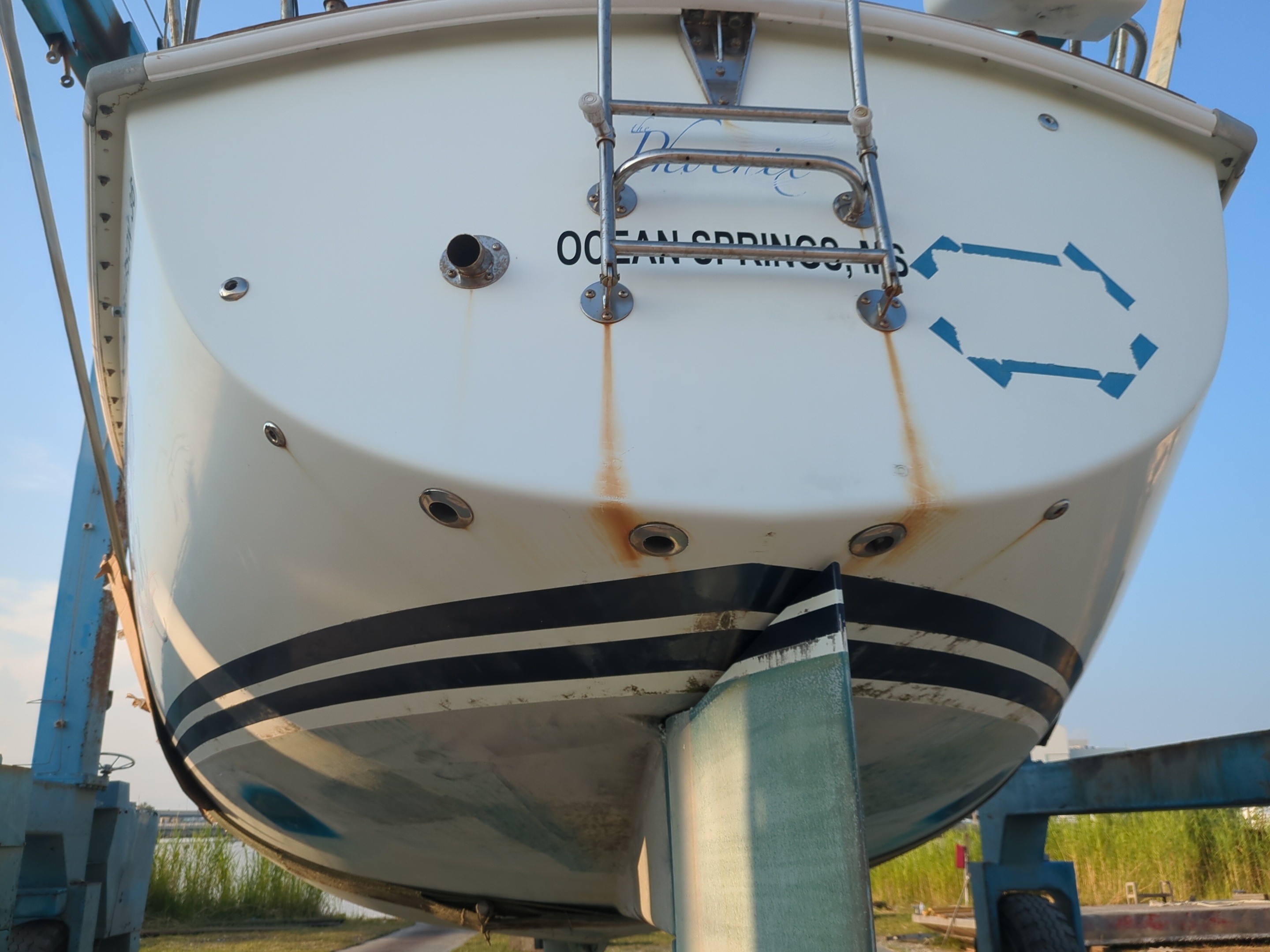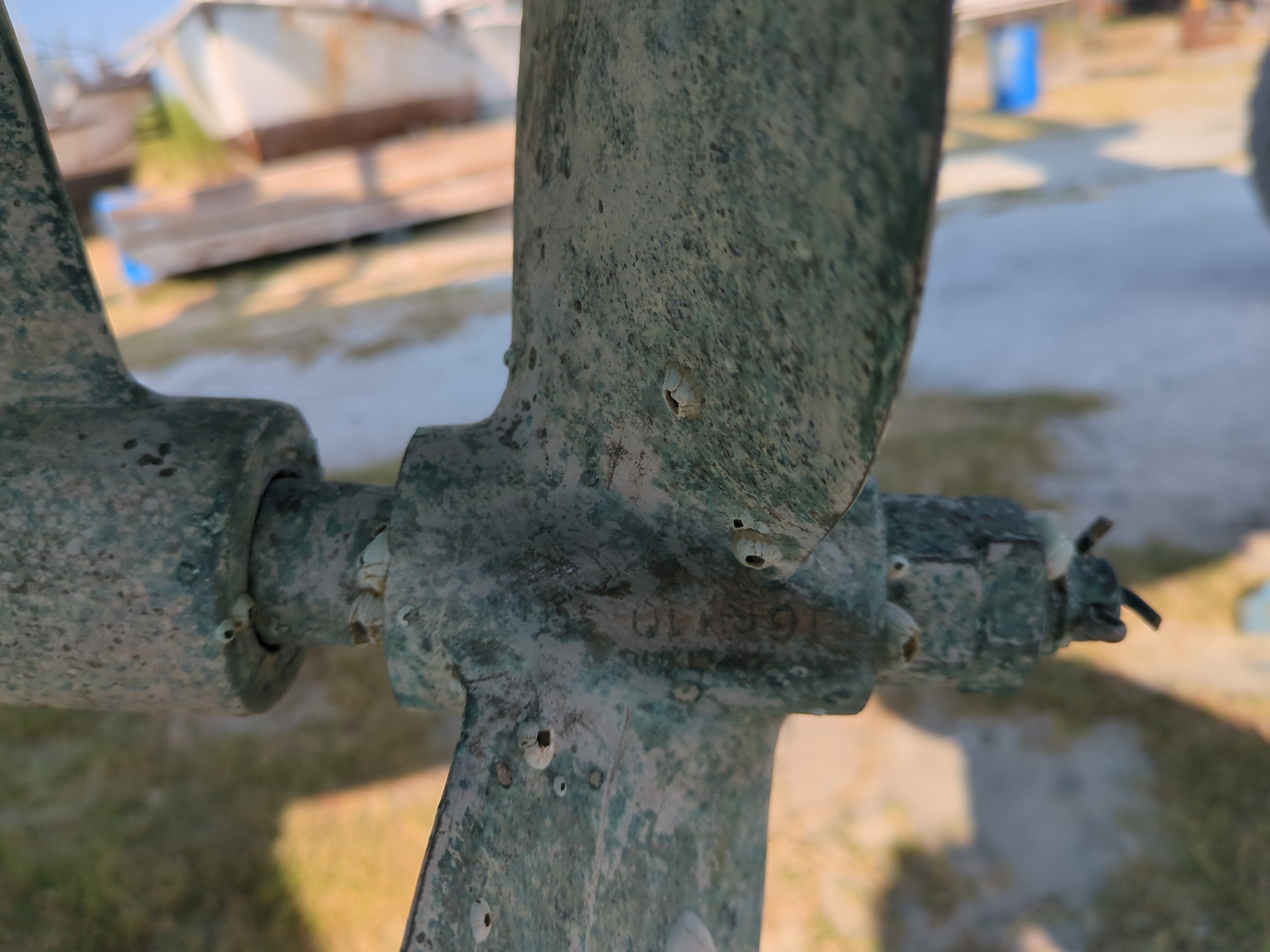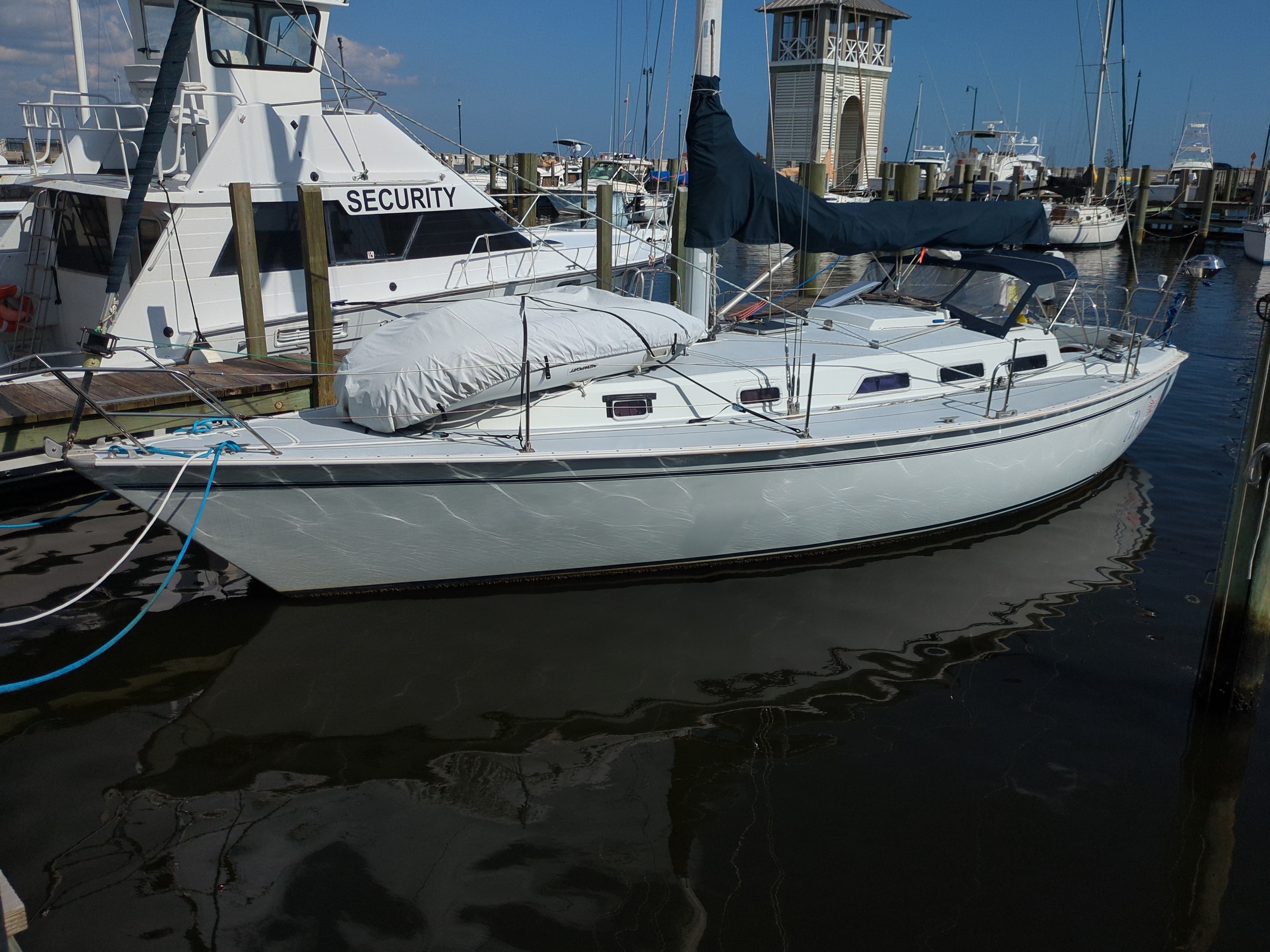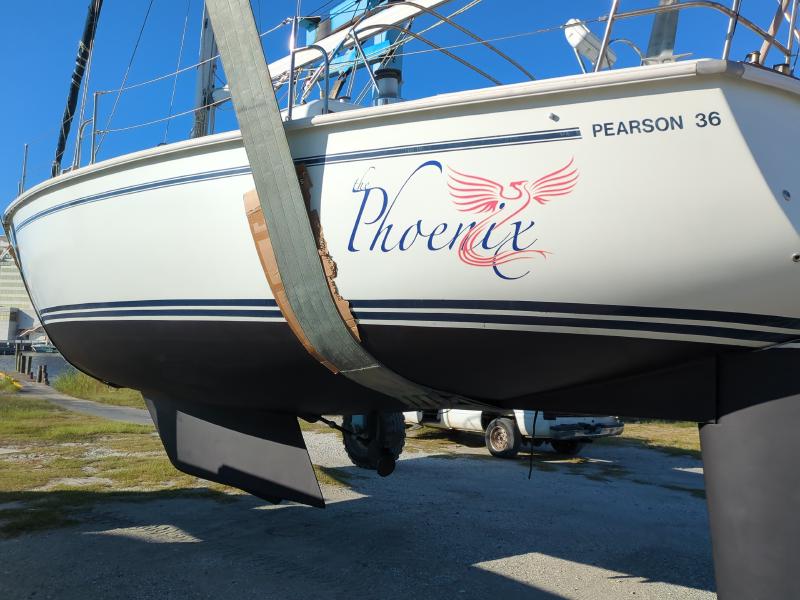Introduction
After the Cal 20 and a temporary move, I was able to start looking at purchasing a sailboat again. With only a limited budget it meant I was going to be getting a project boat, just hopefully not too much of one. In the course of this search I looked at a lot of different boats, mostly around the 30-40 foot range. I ended up coming across this 1988 Pearson 36-2 named Phoenix that I liked. It was on the hard and had been for a few years, mid-way through several projects inside and out. The boat I felt matched a lot of what I was looking for. I am not sure if it is the ideal boat for the type of sailing I want to do, but this Pearson seems like it will work.
State at Survey





First off, of course I got a survey on this boat. I had skipped surveys on other boats, but since this one cost more upfront, I felt a survey was important. Although even the best surveyors invariably end up missing things, which is generally not a problem. They still serve as a good second pair of eyes and experienced review of the boat in limited time.
There were quite a few items that came up during the survey as there typically is. There were a couple of pretty significant issues though. There was significant separation of the hull from the keel, and during the survey the engine wouldn’t start. There was also damage to the standing rigging, but I was planning on replacing that any way, as it is more of a wear item. So part of the final agreement with the previous owner was that he needed to have the hull keel joint repaired and the engine needed to be working. The yard where the boat was stored handled those repairs, and they turned out well.
Specs


This 1988 Pearson 36-2 is the centerboard version. With the centerboard up, the boat draws about 4 1/2 feet, and with it down, about 8 1/2 feet. This will allow it to point really well into the wind and help overall with stability. Interestingly it makes the boat safer in storm situations as well, as the board can be brought up and the boat can slide down waves that are abeam. It also makes the boat very maneuverable in a variety of situations and conditions, but might be a little on the tender side. The centerboard version weighs about 16,000 lbs, with the added weight improving stability. It has a length overall of 36 feet, a waterline of about 29 1/2 feet, and a beam of about 12 1/2 feet. This makes her a very liveable sailboat.
It can also carry 100 gallons of water. I removed the holding tank since I already switched to a composting toilet. At some point in this boat’s history the fuel tank was replaced with a slightly smaller one at 18 gallons which is unfortunate. Some of the other remaining numbers from Sailboat Data don’t necessarily match this pearson. They really didn’t designate the comfort ratio and the capsize screening formula to reflect the added weight with the centerboard. It isn’t a huge difference though as the capsize screening results in 1.99 and the comfort ratio is about 27. I get that these numbers can be superfluous and don’t necessarily tell a complete story with the boat.
Why this Sailboat?


While I would like to complete at least one circumnavigation, I am not the most experienced sailor out there. I looked at this Pearson in relation to that goal, but also to see how well it fit me and how I felt about it. It is easy to focus completely on function over form, or the other way around, and miss the importance of feeling attached to the boat. I figure that this boat meets a lot of my needs right now, and if it ultimately isn’t capable of taking me around the world that is fine. I will learn a lot on it and have a good time doing it. I have already made several improvements and will make more as I learn what the boat needs. As I sail it more often, I will get a better feel for if the boat will work well for me to cross oceans with. I have no illusion about its limits. It is likely capable, but much depends on me and my preparation. Overall, I think it is a great boat, and I expect to have some great adventures on it.
